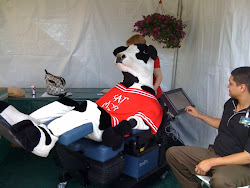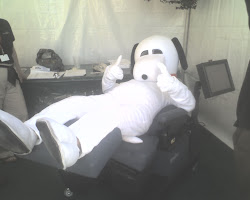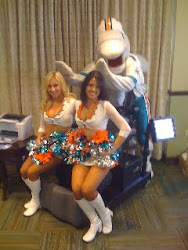The incidence of back pain is astounding. It is approximated that over 80% of the population will endure back pain at some point in their lives. The causes of back pain are as diverse as the patients who suffer from it. Automobile accidents, sports injuries, work related injuries, or just turning the wrong way can have devastating effects on the quality of life of back pain sufferers. “We strive to offer our patients permanent, fast and effective pain relief” says Dr. Haney of Haney Wellness “Conservative therapies can provide effective pain relief by utilizing proven, evidence-based, and non-invasive techniques, and the addition of the SpineSix will enable us to treat patients who cannot be treated using other therapies.”
Haney Wellness is the only facility within 150 miles to offer this innovative and effective form of therapy, validating their commitment to offer the most technologically advanced and effective treatment options to their patients. Their state-of-the-art facility offers appropriate interventions utilizing cutting edge technology, ensuring the most successful outcomes for their patients.
The SpineSix BioMotion Spinal System mimics normal spine mechanics and physiological movement while safely guiding the patient through multiple planes or individual planes of motion. Clinical studies show that movement promotes healing in the spine, and SpineSix patients will experience increased range of motion and decreased pain. Haney Wellness also offers decompression therapy, which, when combined with this computer controlled mobilization provides a new therapeutic option to reduce the suffering of patients with back and neck disorders. Public awareness of this revolutionary technology, along with the acceptance and support of the medical community is creating a high demand for SpineSix Therapy – Haney Wellness has heard this demand and has made this effective therapy available in Oneonta.
You are invited to witness the SpineSix in action, speak with patients who have benefited from SpineSix treatment, as well as Dr. Haney, who has chosen to bring this welcome, non-surgical innovation into his practice.
Please call Dr. Haney at 607-431-9651 to arrange interviews. To learn more about the SpineSix and the clinical outcomes it can provide patients visit www.SpineSix.com.
This Blog is maintained by MediCepts, Inc, manufacturer of the SpineSix.All content has been provided by employees of MediCepts, Inc.Want to learn more about effective rehabilitation equipment for back pain patients? Read more of our blog posts, and don't forget to bookmark this blog!










